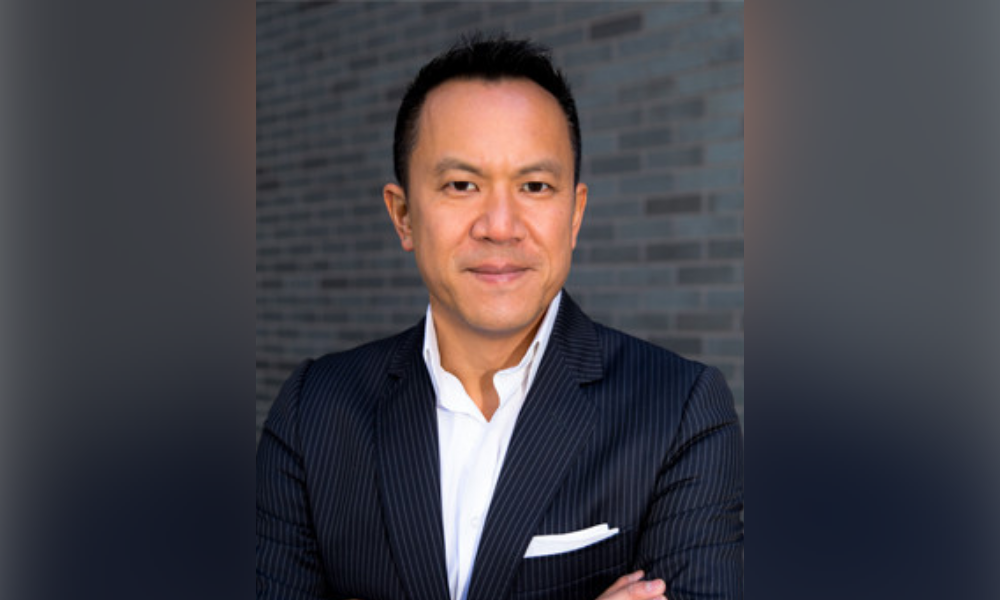Capco Canada's head of Innovation and Experience Design highlights need for accountability, standardization, and full integration

The COVID-19 pandemic has marked an inflection point for responsible investing, as assets and awareness have undergone an exponential increase over the past two years. But the broader ESG story actually has roots that extend further back in time.
“I think this even goes back to maybe even the early 2000s, when greenness was a point of focus in the early stages of thinking about climate change and sustainability,” says Ian Lee, Head of Innovation and Experience Design at Capco Canada.
Even back then, a lot of consumer brands wanted to come to market with offerings that promise to be green – even though not all of them delivered. As an example, Lee recalls how Hertz, a rental car company, came forward with a Green Fleet of vehicles; actually, they were just a selection of automobiles that were higher in terms of their mileage capabilities. Once the public found out, they immediately called Hertz out for greenwashing.
“If you overlay the notion of that to the financial services industry, and the creation of responsible investment funds and financial investment vehicles, the same principle applies,” Lee says. “Nothing you do should be open to accusations of greenwashing.”
A simple objective, but not one that’s easy to execute on. For fund providers, that means being able to substantiate the sustainability attributes of those vehicles not just at the time of offering, but also over time. At the core of the problem is the need for transparency with reliable data, with the ability to disclose sustainability-related information regularly even in the absence of a regulatory requirement.
Even when quantitative ESG data is available, there’s still an issue of variability. Without a common rubric to measure ESG performance, data providers such as Sustainalytics, MSCI, and others are using different techniques, grading methodologies, and risk analysis tools to evaluate companies and funds.
“It’s all very well intended,” Lee says. “But sometimes what you see is certain funds, which are scored by these companies, end up with dramatically different ratings.”
Looking more broadly across the financial sector, he suggests that financial institutions need to work together to create a common framework, methodologies, metrics, and criteria around their ESG objectives. As an example, he cites how the Bank of Canada and OSFI has consulted financial institutions by asking them to weigh in on the potential impact of a transition to a low-carbon economy, as envisioned through a number of scenarios. That work can grease the rails for the kind of knowledge sharing and collaboration needed to arrive at industry-wide standardization.
One possible approach, he says, is to take learnings from other geographies that are a step ahead on ESG, particularly in the EU. By looking at policies and formative regulation that’s coming into view across the pond, he says Canada can get a model to define its own requirements, from ESG metrics and measurements to climate-related risk disclosures.
“There’s much that can be taken from that market to start to set the direction and define where we need to go in North America, and certainly in Canada,” Lee says.
From an operational and organizational perspective, financial firms are already setting up functional groups focused on ESG, leading to the rise of purpose-built roles such as Chief Sustainability Officer. But Lee argues because many sustainability groups are operating largely in a silo, it limits their ability to truly integrate ESG into overall business and performance metrics.
“They're doing good work. They're moving in the right direction,” he says. “But sustainability needs to be fully integrated into the day-to-day strategic and governance functions of those institutions, so it can cascade into compensation strategies, incentives, and other things that can meaningfully change behaviours. I think that's when you start to see the real material change.”



